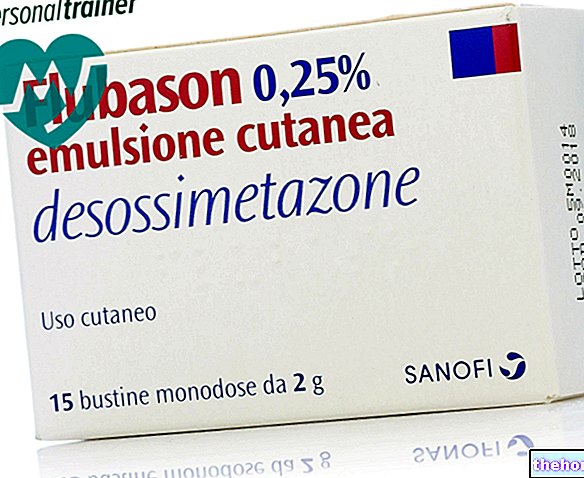Generality
Sjögren's syndrome is an inflammatory disease caused by an abnormality of the immune system. The characteristic symptoms of this autoimmune disease arise in the exocrine glands, particularly those of the eye and oral cavity; subsequently, other organs and tissues of the organism are also involved.

What is Sjögren's syndrome
Sjögren's syndrome is an inflammatory disease that affects the exocrine glands.
The inflammation is triggered by dysfunctions of the immune system. The latter, in fact, causes damage to the organism, rather than defending it, as it normally should do, from pathogens (viruses and bacteria) and other diseases.
Therefore, Sjögren's syndrome is also considered an autoimmune disease.
All exocrine glands are possible targets of the disease, but those most affected are the salivary and lacrimal glands.
Sjögren's syndrome, PRIMITIVE FORM
It is the form that appears in isolation, without association with other diseases.
Sjögren's syndrome, SECONDARY FORM
This is the form that appears in association with other autoimmune diseases, such as:
- Rheumatoid arthritis
- Systemic lupus erythematosus (SLE)
- Scleroderma
- Primary biliary cirrhosis
- Hashimoto's thyroiditis
- Mixed connectivitis
- Systemic vasculitis
EPIDEMIOLOGY
Sjögren's syndrome is a fairly common pathology. Several studies report a prevalence value ranging between 0.4 and 0.6% of the population. As regards the incidence, however, it seems that the new cases per year are about 3-6 every 100,000 inhabitants.
It affects women most and has no preference for any particular ethnic group. Adult / advanced age is another predisposing factor: most cases occur between the ages of 50 and 70.
These data are partially complete. It has been observed, in fact, that seventy-year-olds rather than forty-year-olds undergo a more detailed diagnosis.




























